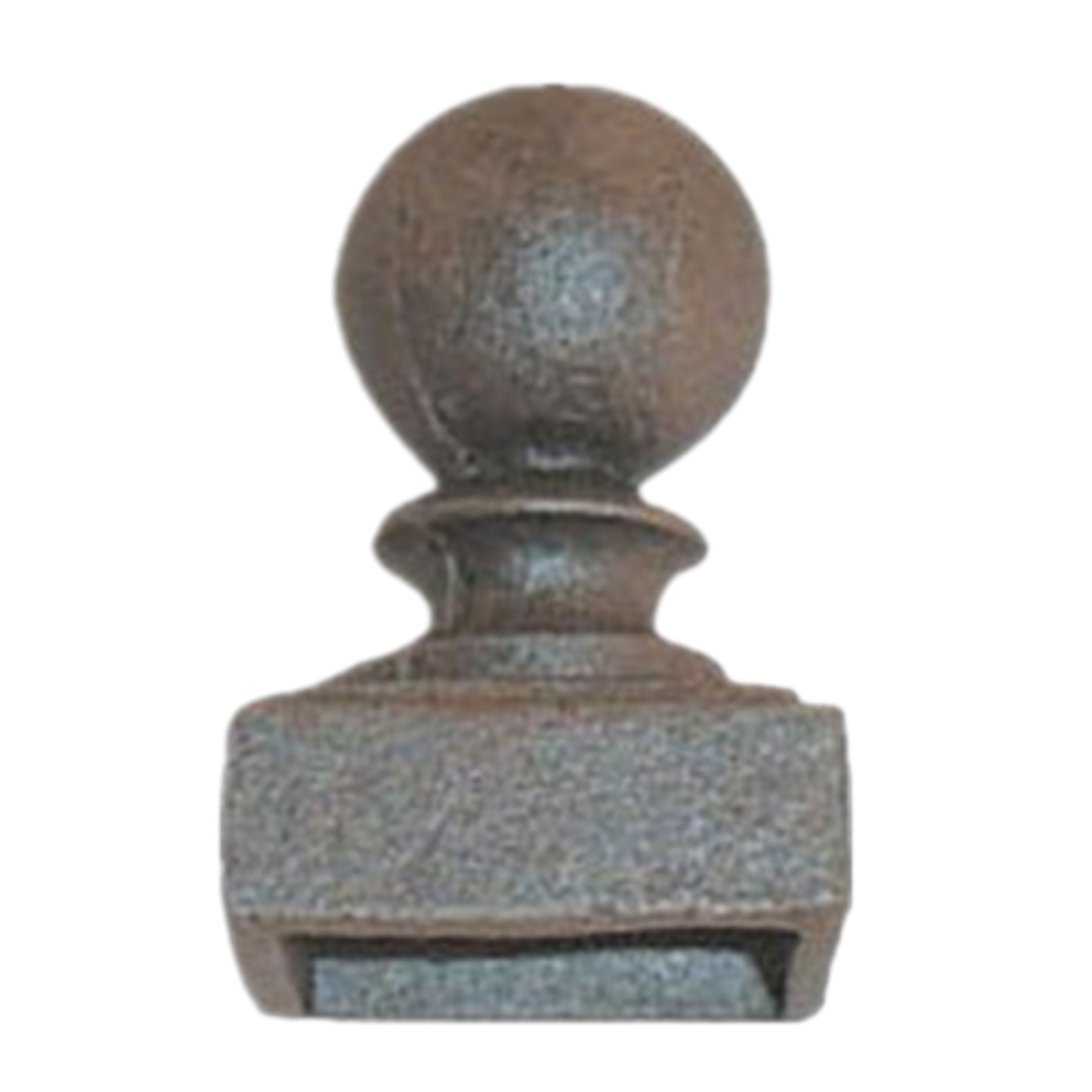Durable Cast Iron Top Caps for Enhanced Performance and Longevity
The Importance and Versatility of Cast Iron Top Caps
Cast iron top caps have emerged as vital components in various industrial applications and architectural endeavors. Known for their durability and strength, these products serve multiple purposes, ranging from structural support to aesthetic enhancements. In this article, we will explore the characteristics, uses, advantages, and considerations when choosing cast iron top caps.
What are Cast Iron Top Caps?
Cast iron is a sturdy material made by melting iron and adding carbon and silicon. The resultant alloy is poured into molds to create various forms, including top caps. Cast iron top caps are typically used to cover or finish off columns, posts, walls, or other structural elements, ensuring protection and providing a finished appearance. They often feature intricate designs or patterns, symbolizing craftsmanship and enhancing the overall look of a structure.
Characteristics and Advantages
1. Durability Cast iron is known for its strength and long-lasting properties. Top caps made from this material can withstand the rigors of environmental stressors such as varying weather conditions, heavy loads, and potential impacts, making them an excellent choice for outdoor applications.
2. Aesthetic Appeal The ability to create detailed designs in cast iron allows architects and builders to add ornamental touches to a building. These designs can vary from classical motifs to modern patterns, catering to a range of architectural styles.
3. Low Maintenance One of the significant advantages of cast iron is its low maintenance needs. Unlike other materials that may require regular painting or treatment, cast iron can be coated with protective finishes that resist corrosion and wear, significantly reducing upkeep requirements.
4. Excellent Thermal Properties Cast iron possesses superior thermal properties, which can be beneficial in applications where temperature regulation is crucial. Its ability to retain heat makes it a popular choice for applications involving heating elements.
5. Recyclable Material In today’s eco-conscious world, the use of recyclable materials is increasingly important. Cast iron is 100% recyclable, making cast iron top caps not only a durable choice but also an environmentally friendly one.
Applications of Cast Iron Top Caps
cast iron top caps

1. Architectural Uses Cast iron top caps are commonly employed in the construction of balustrades, columns, and railings. They provide a finished look while ensuring that structural integrity is maintained.
2. Urban Infrastructure In urban settings, cast iron top caps are often used in street furniture elements like benches, light posts, and decorative fences. Their resistance to wear and tear makes them ideal for high-traffic areas.
3. Industrial Settings In factories or warehouses, cast iron top caps can be utilized for machinery covers or protective enclosures, safeguarding equipment from environmental damage or accidental impacts.
4. Landscaping Cast iron top caps can also be integrated into landscaping features, such as garden walls and fountains, where their classic aesthetic can enhance the outdoor experience.
Considerations When Choosing Cast Iron Top Caps
1. Load Capacity When selecting a cast iron top cap, it’s crucial to consider the load it will bear. Assess the structural requirements to ensure that the chosen cap can handle the weight and pressure it will face.
2. Design Compatibility Matching the design of top caps with the overall architectural style is essential. Whether aiming for a classic look or a contemporary feel, the design should harmonize with existing elements.
3. Finish and Coating Selecting the appropriate finish or coating can enhance the longevity and appearance of cast iron top caps. Options include powder coating, paint, or galvanization, each offering different protective benefits.
4. Budget While cast iron top caps are a long-term investment due to their durability, it’s vital to consider initial costs, factoring in both purchase and installation expenses.
Conclusion
Cast iron top caps stand out as an essential component in both architectural and industrial applications. Their durability, aesthetic appeal, and low maintenance needs make them a preferred choice for many builders and designers. By understanding their characteristics and considering various factors during selection, one can effectively utilize cast iron top caps to enhance the functionality and beauty of a structure. Whether used in an urban landscape or a large industrial facility, these top caps will continue to play a critical role in the built environment for years to come.
-
Wrought Iron Components: Timeless Elegance and Structural StrengthNewsJul.28,2025
-
Window Hardware Essentials: Rollers, Handles, and Locking SolutionsNewsJul.28,2025
-
Small Agricultural Processing Machines: Corn Threshers, Cassava Chippers, Grain Peelers & Chaff CuttersNewsJul.28,2025
-
Sliding Rollers: Smooth, Silent, and Built to LastNewsJul.28,2025
-
Cast Iron Stoves: Timeless Heating with Modern EfficiencyNewsJul.28,2025
-
Cast Iron Pipe and Fitting: Durable, Fire-Resistant Solutions for Plumbing and DrainageNewsJul.28,2025
-
 Wrought Iron Components: Timeless Elegance and Structural StrengthJul-28-2025Wrought Iron Components: Timeless Elegance and Structural Strength
Wrought Iron Components: Timeless Elegance and Structural StrengthJul-28-2025Wrought Iron Components: Timeless Elegance and Structural Strength -
 Window Hardware Essentials: Rollers, Handles, and Locking SolutionsJul-28-2025Window Hardware Essentials: Rollers, Handles, and Locking Solutions
Window Hardware Essentials: Rollers, Handles, and Locking SolutionsJul-28-2025Window Hardware Essentials: Rollers, Handles, and Locking Solutions -
 Small Agricultural Processing Machines: Corn Threshers, Cassava Chippers, Grain Peelers & Chaff CuttersJul-28-2025Small Agricultural Processing Machines: Corn Threshers, Cassava Chippers, Grain Peelers & Chaff Cutters
Small Agricultural Processing Machines: Corn Threshers, Cassava Chippers, Grain Peelers & Chaff CuttersJul-28-2025Small Agricultural Processing Machines: Corn Threshers, Cassava Chippers, Grain Peelers & Chaff Cutters












